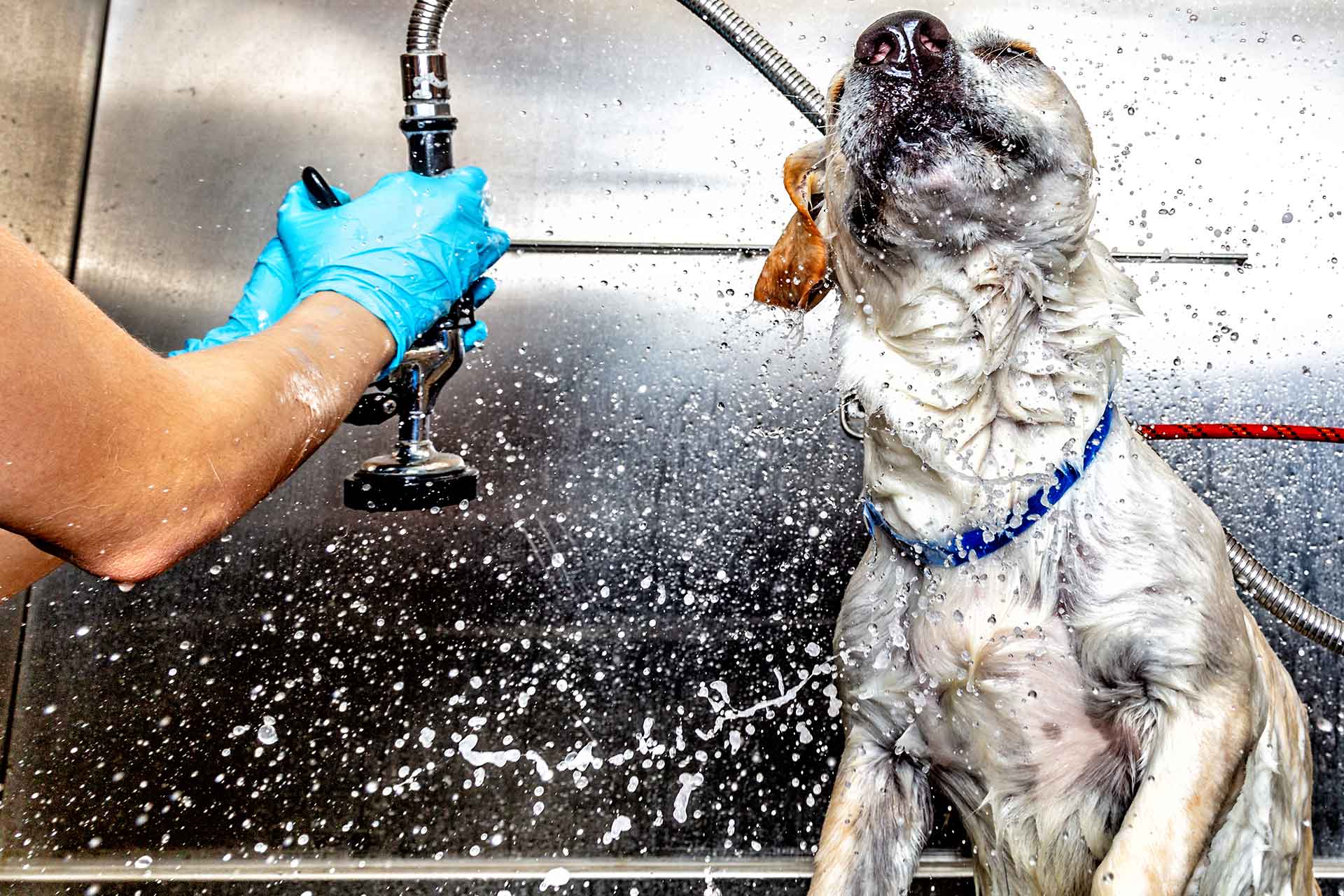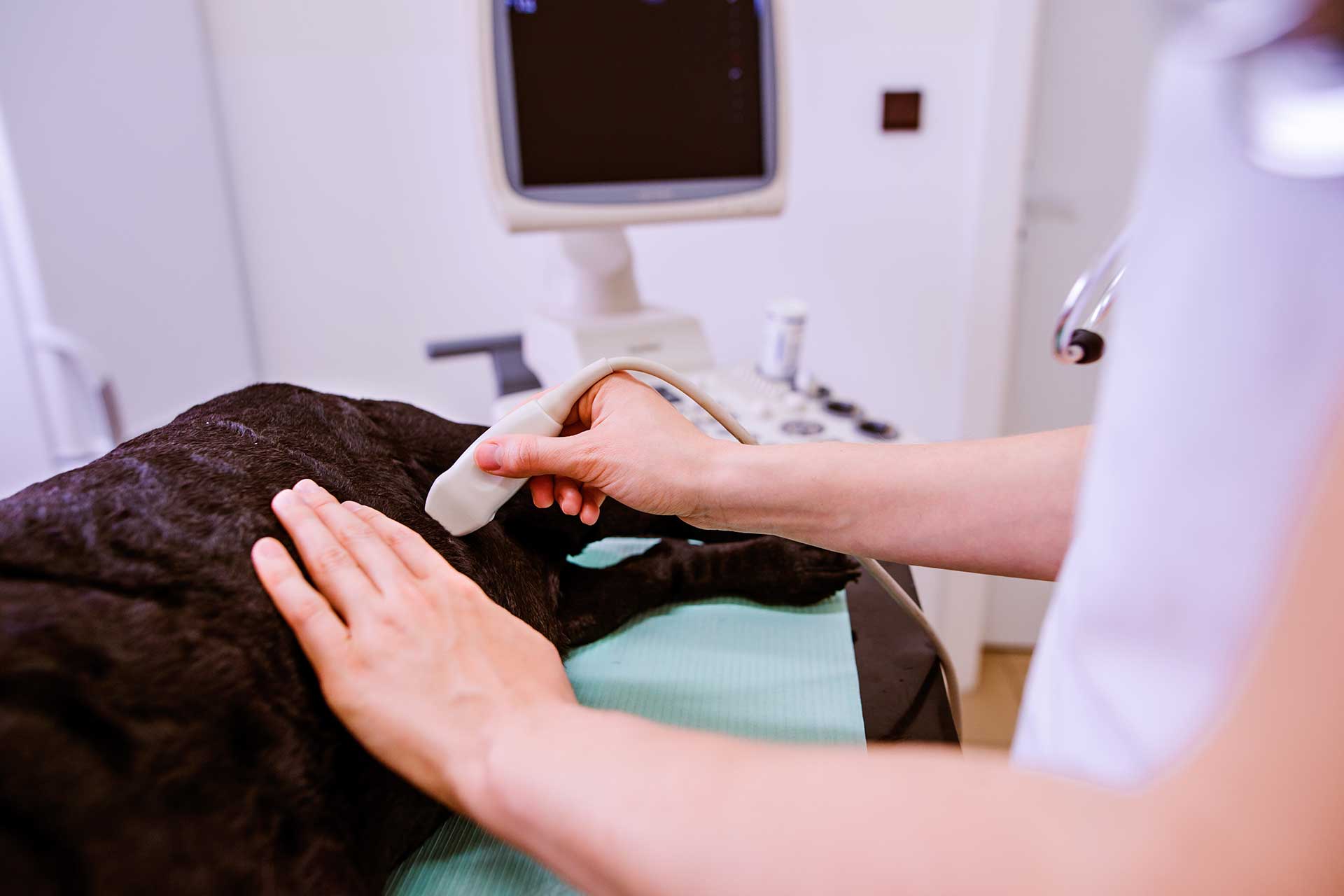Desexing and your pet
Desexing your pet is an important decision and from our professional point a view a significant surgical procedure that requires a high level of care and skill.
Desexing involves removing part of your pet’s reproductive system. This procedure is performed in our fully equipped, sterile operating theatre under the complete care of our operating veterinarian and supporting veterinary nurses.
For most pets that live a healthy and event free life, desexing will be the most significant surgical procedure they will have. Below we explore when you should have your pet desexed, what is involved in the procedure and some of frequent questions we’re asked.
Benefits to Desexing Your Pet
There are many benefits to having your dog or cat desexed, with evidence suggesting that desexed pets live longer and have fewer diseases then undesexed pets. The benefits extend beyond just preventing unwanted pregnancies. Pets who have been desexed or sterilised are less likely to get diseases and certain illnesses such as mammary cancer and uterine infections in females and prostate problems in males. There are also behavioural benefits such as preventing male cats from spraying and preventing male dogs attempting to escape their homes to reach nearby females on heat. Entire male dogs will go to extraordinary lengths to pursue a nearby female dog on heat, increasing chances of motor vehicle accidents, dog fights and lost pets.
- Unwanted pregnancies
Veterinarians recommend desexing to prevent unwanted pregnancies in females. This is especially important for cats, as it is not always possible to tell when she is ‘on call’. In female dogs, desexing automatically stops their cycles and the associated bleeding and attention from male dogs. - Undesirable behaviour
Castration helps to control male dominance aggression problems and also reduces their wandering instincts if a female dog in the neighbourhood is on heat. Tomcats have a tendency to roam and fight with other cats which can lead to other medical implications such as cat bite abscesses and FIV (Feline immunodeficiency virus). - Significant medical reasons
Spaying reduces the risk of mammary tumours (which can be life-threatening – just like breast cancer in women). Tumours of the ovaries, uterus and cervix and pyometra, a gross infection of the uterus, can also be prevented. Castration can reduce the risk of prostatic disease, perianal tumours, and eliminates the risk of testicular cancers. Desexing may also be recommended in your pet to prevent hereditary diseases being passed on, or for treatment of some diseases such as prostatic hypertrophy or pyometra. Government Requirements For Cats
Under the WA Cat Act 2011, all cats over six months must be sterilised. This law aims to provide better management of the unwanted impact of cats on the community and the environment, and encourages responsible cat ownership.
When can your pet be desexed?
Pets can be desexed at any age including during their more mature years. Whilst pets can be desexed as early as 6 weeks of age, we recommend and desex most pets around 6 months of age before they sexually mature. We also generally recommend, unless necessary for medical reasons, not to desex a female pet whilst they are in heat/ season as the nature of being in season makes the surgery potentially more complicated.
How long will your pet be in hospital?
In most cases your pet will be required to stay with us for a day and can return home the same evening as the surgery.
What Happens Before The Surgery?
- Admission – when you drop your pet off we will require at least 10 minutes of your time for you to answer some questions.
- Care and attention – when you have left, our nursing team will settle your pet into their new environment which includes warm fluffy bedding (we use an advanced material that wicks away moisture so your pet stays warm and dry).
- Blood Tests – a blood test may be performed to check vital organ functions, we will discuss this either before surgery day or during admission with you (in some cases this blood test may be performed prior to admission).
- Pre-anaesthetic check up – our veterinarian will perform a physical examination (to check things such as teeth, ears, nails, lumps etc) and a TPR check (Temperature, Pulse, Respiratory) prior to commencing surgery.
- Pre-medication – will be given to minimise stress and settle them down prior to the anaesthetic.
- Intravenous Catheter – a catheter may be placed into a vein to provide access to your pet’s circulatory system. This enables us to easily administer intravenous fluids, anaesthetic and pain relief.
- Pain Relief – To ensure your pet is as comfortable as possible we have a detailed pain relief protocol to ensure your pet receives the appropriate level of pain relief.
- Instruments, gowns and surgical area – Prior to surgery all instruments are sterilised prior to use and our theatre provides a sterile environment for your pet’s surgery.
What happens during the surgery?
- Intubation – Anaesthesia is induced and maintained with gas by placing a tube into your pet’s windpipe.
- Theatre – your pet is placed on a heated surgical table in our sterile operating theatre.
- Monitoring care – Respiratory monitors are used and show when a breath has been taken, stethoscopes allow us to hear your pet’s heartbeat and pulse oximeters give a read out of heart rate, pulse strength and blood oxygen levels.
- Nursing team – a dedicated, trained nurse assists our veterinarian during your pet’s procedure.
- Procedure – The surgeon will make a small incision and remove part of your pet’s reproductive system. Once this has been done, they will carefully suture the area.
What happens after surgery?
- Care and recovery – your pet will be moved to our main treatment area where a nurse will carefully monitor your pet’s recovery. It is very important your pet stays warm during the initial stages of recovery so we will use items such as heating pads and blankets and keep them comfortable.
- Your role – You will need to spend at least 10 minutes with us when you pick up your pet. We will provide you with an information sheet about keeping your pet comfortable and caring for them at home. It is very important that you contact us if you have a concern, no matter how minor you think it is.
Submit your details and we will contact you within 48 hours (usually much sooner) to discuss your pet’s requirements. Thank you, the Vetwest healthcare team
Enquire About Desexing
Frequently Asked Questions
- How do I organise my pet’s desexing procedure?
Please contact your local practice to schedule a time for your pet’s procedure. This is best done by telephone so we can discuss any specific questions you may have. We can also provide information about the price of the procedure as this depends on the species and size of your pet. If your pet is female, we’ll also ask you specific questions about her heat or oestrus cycle. - How soon after an oestrous cycle can a female dog or cat be desexed?
When an animal is in season, there is an increased blood supply to both the uterus and the ovaries. Animals can be desexed whilst they are in season, but generally we try to do the surgery from about 8 weeks after the start of their last oestrous cycle. - Will desexing a trained guard dog reduce their ability to guard?
Guarding results from instinctive territorial behaviour. It is not changed by the removal of reproductive organs.
Will desexing my pet make them fat?
By removing organs that produce hormones your pet’s metabolism may be slowed, overfeeding your pet and/or no exercise will make them fat.- Do pets become lazy after they are desexed?
There is generally no change in the character of your dog. Young males will be less inclined to mount objects and jump fences in search of a female mate. However, they will still be happy to chase their favourite ball or participate in their favourite activity. - Should females have a litter before being desexed?
This is not necessary for your pet’s benefit. Spaying a dog before her first heat will reduce the risk of mammary cancer to nearly zero. Every season/heat a female has, significantly increases her chance of developing mammary cancer.






